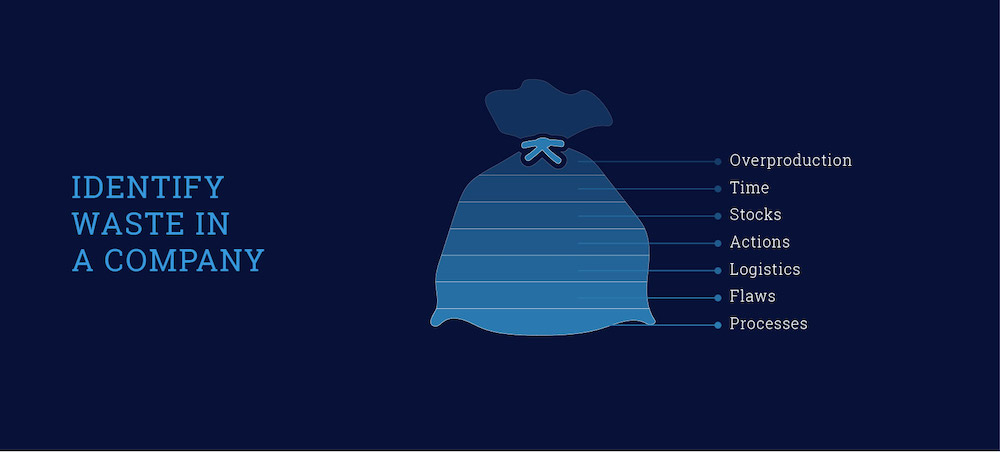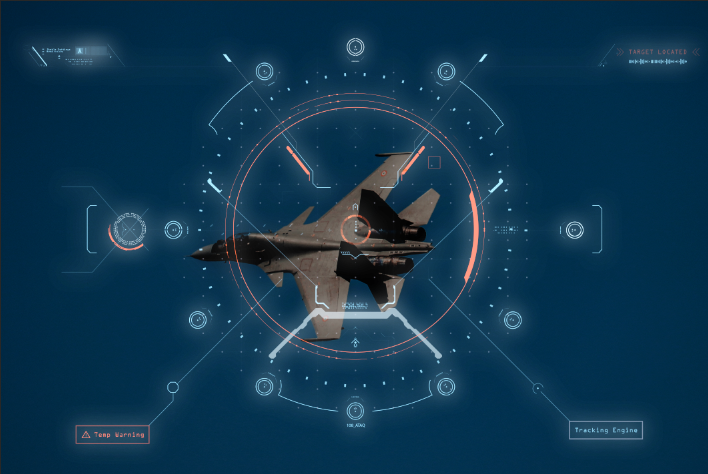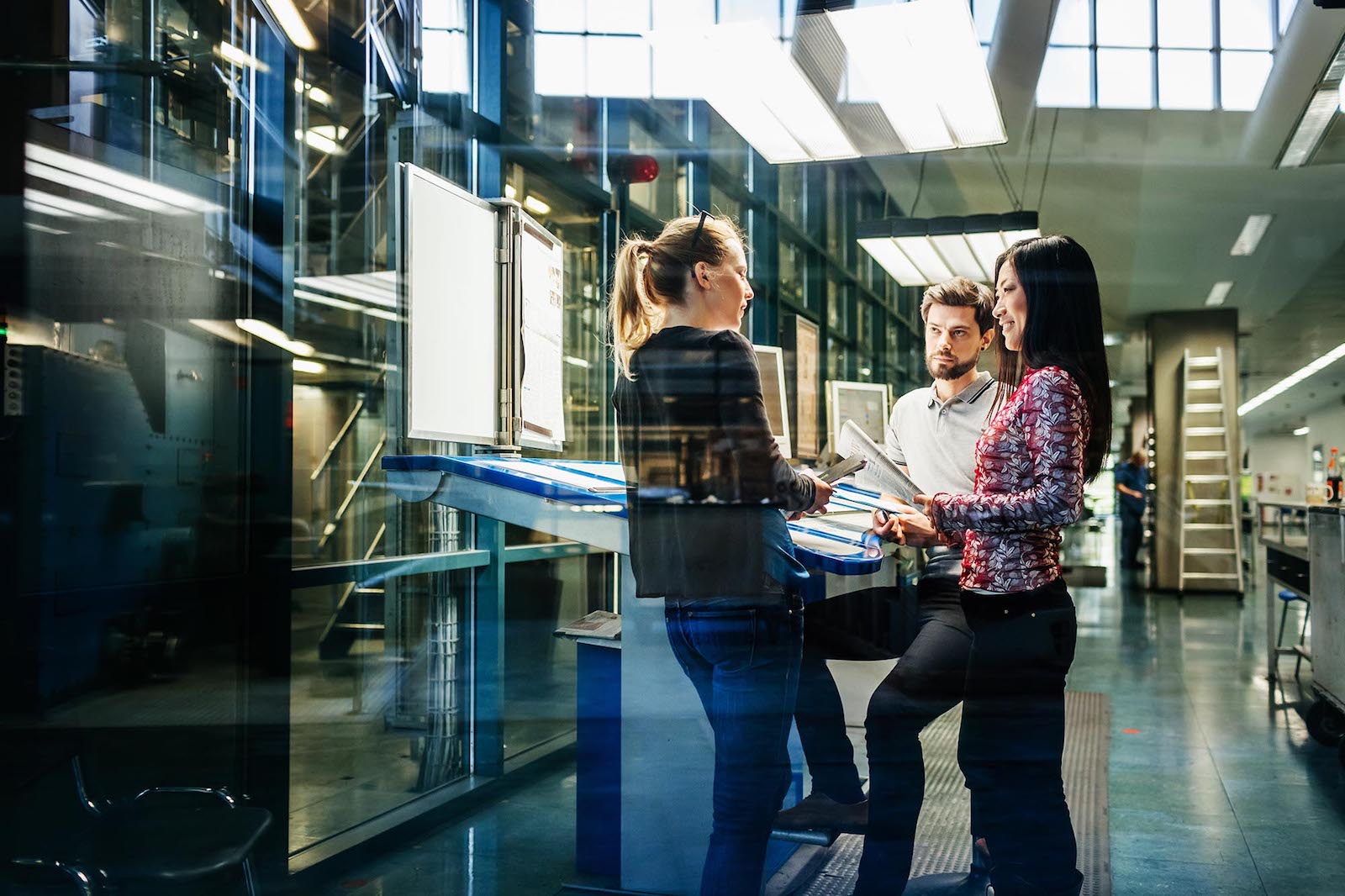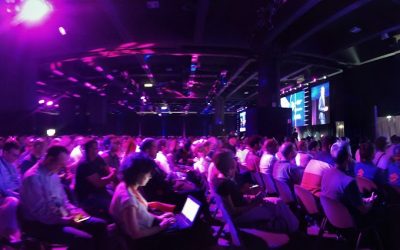In 2011 at Hannover Fair, in Germany, for the first time the word “Industry 4.0” was mentioned aloud. This is the name of the new project for the business of tomorrow presented by the German Government.
The plan forecast investments on infrastructures, schools, energetic systems, research bodies and businesses to make the productive system more modern whilst bringing back German production to the global apex – making it competitive at a global level too.
Such model became the inspiration for the governments of many different countries which started and are still going through several different processes to grow both the industrial development and the social one.
On the internet, everywhere people talk about this historical passage also known as the “ Fourth industrial revolution” and how such phenomenon is of interest to all the economies of the world.
The integration of the production chains with cybernetic systems allow to have both automation and interconnection which will bring a new idea of industry. It will include research and development of new products and services.
A research study carried out by McKinsey explains that such implementations will have a profound impact on the 4 main development directions:
DIGITIZATION OF THE MANUFACTORING SECTOR – INDUSTRY 4.0
DATA, COMPUTATIONAL POWER, AND CONNECTIVITY

Big Data / Open Data
Significantly reduced costs of computation, storage, and sensors
Internet di Things / M2M
Reduced cost of small-scale hardware and connectivity (e.g., through LPWA networks)
Tecnologia cloud
Centralization of data and virtualization of storage
ANALYTICS
AND INTELLIGENCE

Digitization and automation of knowledge work
Breakthrough advances in Artificial Intelligence and Machine Learning
Advanced Analytics
Improved algorithms and largely improved availability of data
HUMAN-COMPUTER INTERACTIONS

Touch interfaces and next level GUIs
Quick proliferation via consumer devices
Virtual and Augmented Reality
Breakthrough of optical head-mounted displays (e.g., Google Glass)
DIGITAL-TO-PHYSICAL CONVERSION

Additive manufacturing
(i.e. 3D printing)
Expanding range of materials, rapidly declining prices for printers, increased precision/quality
Advanced robotics
(e.g., human-robot collaboration)
Advances in Artificial Intelligence, Machine Vision, M2M communication, and cheaper actuators
Energy storage and harvesting
Increasingly cost-effective options for storing energy and innovative ways of harvesting energy
Source: McKinsey
In the Industry 4.0 machines are connected to the IT system which is also connected to other third party softwares and, in most cases, such connections are beyond the boundaries of the company, being directly linked with third parties and suppliers.
Such intricate system interconnection allows to gather and analyze large quantities of data, opening the doors to a more controlled productivity, status of depreciation of incomes, value in the warehouse, punctual costs of value stream, the energetic efficiency and more.
A number of different tools allow the implementation of predictive analysis and simulations so the volatility of markets can be faced easily.
Furthermore, having your business under control doesn’t mean just understanding how your business is performing but it also helps to improve the value for the clients.
The social aspect
The evolution happening in such area is already determining a steer change in the working world where, on top of vertical hard skills (mathematical and static ones for example), there will be more and more relevant ones such as the so-called transversal skills: problem solving in one of those skills. In parallel, critical thinking and creativity will become super fundamental.
Visionary and forward-thinking companies are well aware that they need strong skills and people who can easily marry the company’s mission, preferring to have a constant insourcing of relevant people rather than relying on consulting firms.
There is an evident effort in adopting specific actions regarding Welfare, Continuous Learning and Employer Branding carried out even by less digital companies.
The Lean trampoline
La filosofia produttiva definita Lean Manufacturing, nata in Giappone negli anni ‘50, definisce come “muda” tutti gli sprechi che vanno ad interferire con un processo.
The productive philosophy also known as Lean Manufacturing, which originated in Japan in the ‘50s, considers as “muda” all the waste which interferes with a process.

For a country which came out of WWII completely devastated, with no transportation, plantations nor health care system, every single type of waste is seen as a deadly sin – a situation, for our western cultures, which we are prone to accept and ignore too.
The fourth industrial revolution wants us efficient, fast and qualitatively impeccable and competitive.
The Software: a double-edge sword
Softwares cannot be another muda for companies.
The last 20 years have been the glorification of softwares, massive tools overlooking production chains to intensify control, manage the workflow and monitor the productivity of machineries and operators.
For a very long time, companies which where producing ERP and MES systems, had a massive boom and, to be honest, such approach had its positive effects for some time.
Such tools basically cover all the business domains:
- Finance and accounting
- Credit management
- Income management
- Business management
- Customer care
- Materials and warehouse management
- Sales and distribution
- Production planning
- Order management
- System management
- Quality
- HR
Today the real challenge is to be different from your competitors in the fastest way possible.
The ones who survive are the fast and adaptable ones. The slow systems installed in every single business function ended by fossilizing processes up whilst becoming a huge cost, sometimes insuperable, which prevents companies from evolving.
All that doesn’t add value for the customers has to be seen as a waste and this includes:
- Unnecessary functionalities
- Delays in the software development process
- Impossibility of adding evolutions
- Unclear requirements
- Bureaucracy
- Slow internal communication
Servant Software
Ask yourself: what makes you competitive and what is a commodity? Where do you make the difference? Where is it right to invest?
Every general purpose product will never manage to follow the business development and the pressing rhythm of the commercial department which are constantly looking for new opportunities along the market rollercoasters.
Which is the expert software and who are the expert IT people that you really need?
The software, when it can, needs to be invisible and work in a timed and efficient way: it needs to help the human being, not substitute him.
The software needs to offer to both executives, middle managers and workers, all the elements which are needed to make a decision.
The software is meant to do all those tasks that are repetitive, alienating and procedural for men and it can then allow people to use their time in a creative way in order to find solutions that can make their jobs or the final product even better.
An amazing software will never substitute a great manager. Men are not slaves of the software, they have to consider them as a valid supporting tool to their profession.
Also, you have to grow the business know-how which is the biggest asset of a company.
Make sure that the IT people really do understand your problems, own them and be the ones to solve them.
Drive developers away from keyboards and bring them into your “gemba” (just to use another Lean word), where production is implemented, which can happen in a plant, a switchboard, a supply chain or a warehouse.
Developers are natural problem solvers, make them a real part of your plans and motivate them.
There is a software development approach known as Domain-Driven Design (DDD) which solves complex issues by connecting the implementation to an evolving model.
Some features of such method means building a creative collaboration amongst technical people and SMEs to define how to use in an iterative way, a conceptual model that can be applied to particular problems.
Alberto Brandolini, one of the SMEs that I follow and admire the most represents such method with the image of a video game: you are piloting a plane and you need to constantly shoot the target.

That target is your market.
Are you enough fast and reactive to chase it as you would like to?
Dream Team
Build a mature and competent team, making sure you follow some rules.
Software development is a continuous learning process and it needs to be maximized.
Uncertainty will always be a constant in every single improvement project. If in doubt, do postpone decisions until they can be made from actual facts rather than uncertain hypothesis.
Always deliver a product in an incremental way – it can be small, but always consistent so it can be tested by final users who will share a feedback and hep you improving even more.
It is important to highlight that “small” doesn’t mean “low quality”.
Delivering a prototype or a not-so-rich solution has a cost for everyone: make sure you help these experiments giving a security perimeter to avoid massive disruptions or obstacles to the core business.
Create communication and collaboration amongst people and teams of every different business functions. Demolish the boundaries of offices and departments: the best ideas can come from anyone.
You might also like:
Robotic Process Automation: arrivano i software intelligenti
Chatbot, l’evoluzione del software dialogante
Come organizzare un team produttivo in azienda?



